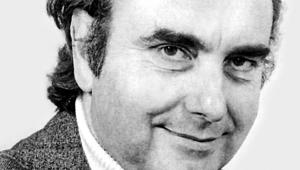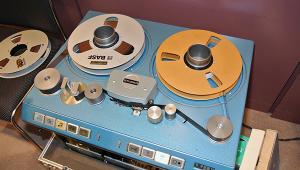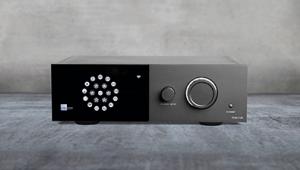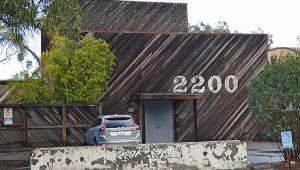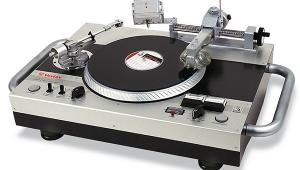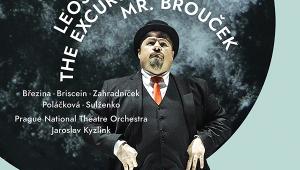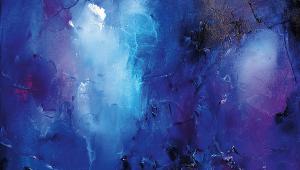Make Mine A Large
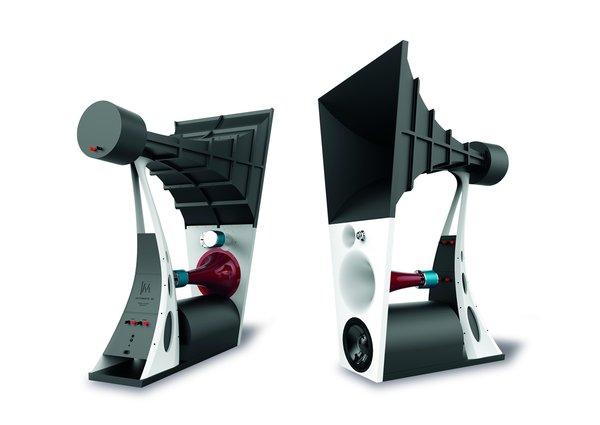
Not so long ago the idea of a hi-fi system costing a million pounds would have raised eyebrows and hackles. Such systems might exist, we thought, but only in the secret hideaways of a few eccentric billionaires. But today you can have a good chance of hearing a million-pound sound just by walking in to a hi-fi show.
It was the Californian ultra-high-end company Magico, headed by Alon Wolf, which finally made it easy to spend close to a million pounds on just a pair of loudspeakers, when it launched the imposing Magico M9 in 2020.
Ultimate Expression
Magico now also offers the M7, more affordable at only half-a-million. But the M9 itself was preceded by a completely different creation, the Ultimate, Wolf's huge full-range, cabinet-less multi-horn design using the finest compression horn drivers from ALE in Japan. In 2014 the Ultimate III was offered at $675,000.
British ideas of a big speaker have always been more modest. In this country the Quad electrostatic of 1957 seemed a big enough item to accommodate in any living room, especially when there had to be two for stereo. And in this country compression-drive horn tweeters have never been much liked for domestic speakers. One exception is the Tannoy Dual Concentric system, where a compression tweeter is mounted behind and firing through the magnet system of the main bass/mid driver.
Launched in 1947, the Dual Concentric drive was quickly taken up by recording and broadcast studios, and in the early 1950s the Tannoy models must have seemed to be the ultimate big British speakers. Tannoy's 'expanding sound source' enclosures featured horn loading for low frequencies from the rear of the cone, the sound travelling through a maze of internal partitions to emerge from grilles at either side.
Speaker's Corner
In the days of mono recordings, triangular cabinets for corner placement were ideal, but with the arrival of stereo these were dropped in favour of rectangular versions. And by the 1970s the Dual Concentrics were eclipsed by newer developments.
In 1979 came a big British speaker as different as could be from the large Tannoy designs, with which it had nothing in common except the size of the bass cone, which measured 380mm. The B&W 801, its woofer cabinet topped by a separate 'head' enclosure for the mid and a smaller pod for the tweeter, was the record industry's standard classical music studio monitor for more than a decade.
During that time it evolved to become the Matrix 801, using the 'honeycomb' cabinet internals developed by B&W's senior design engineer, Lawrence Dickie. After John Bowers passed away in 1987, Dickie was given free rein to continue the B&W founder's quest for a perfect loudspeaker, free of all cabinet effects, and the result was the Nautilus, officially launched by the company in 1993.
B&W went on to embody techniques from the Nautilus project in a complete and spectacular redesign of its now rather venerable flagship monitor. The Nautilus 801 of 1998 still featured a 380mm bass driver, and unlike the old 801, could meet studio needs for rock and pop in terms of level and dynamics. It was duly installed at Abbey Road Studios.
Diamond Sparkle
Launched alongside the N801 was the actual range-topper, the Nautilus 800, the single 380mm bass replaced by a pair of 250mm units. It cost more, at well over £10,000 per pair, but was slimmer, easier for amplifiers to drive and didn't need a huge room to work well.
Bowers & Wilkins (as the company is now) went on to introduce diamond tweeters with the 800D range, now in its D4 iteration. The Nautilus itself is still listed, with a 30th anniversary edition launched last year at a mere £100,000 per pair. But there is a waiting list.
